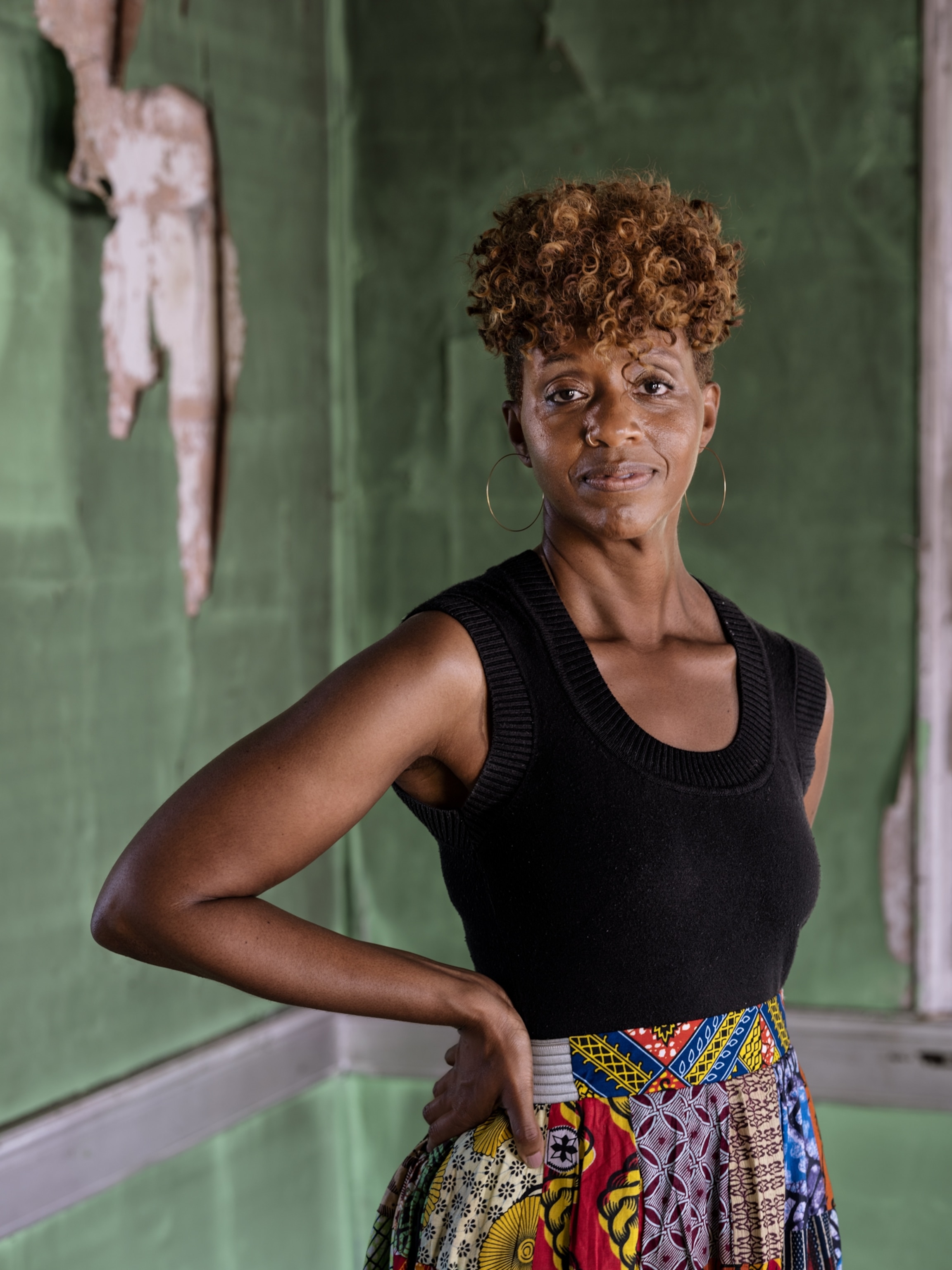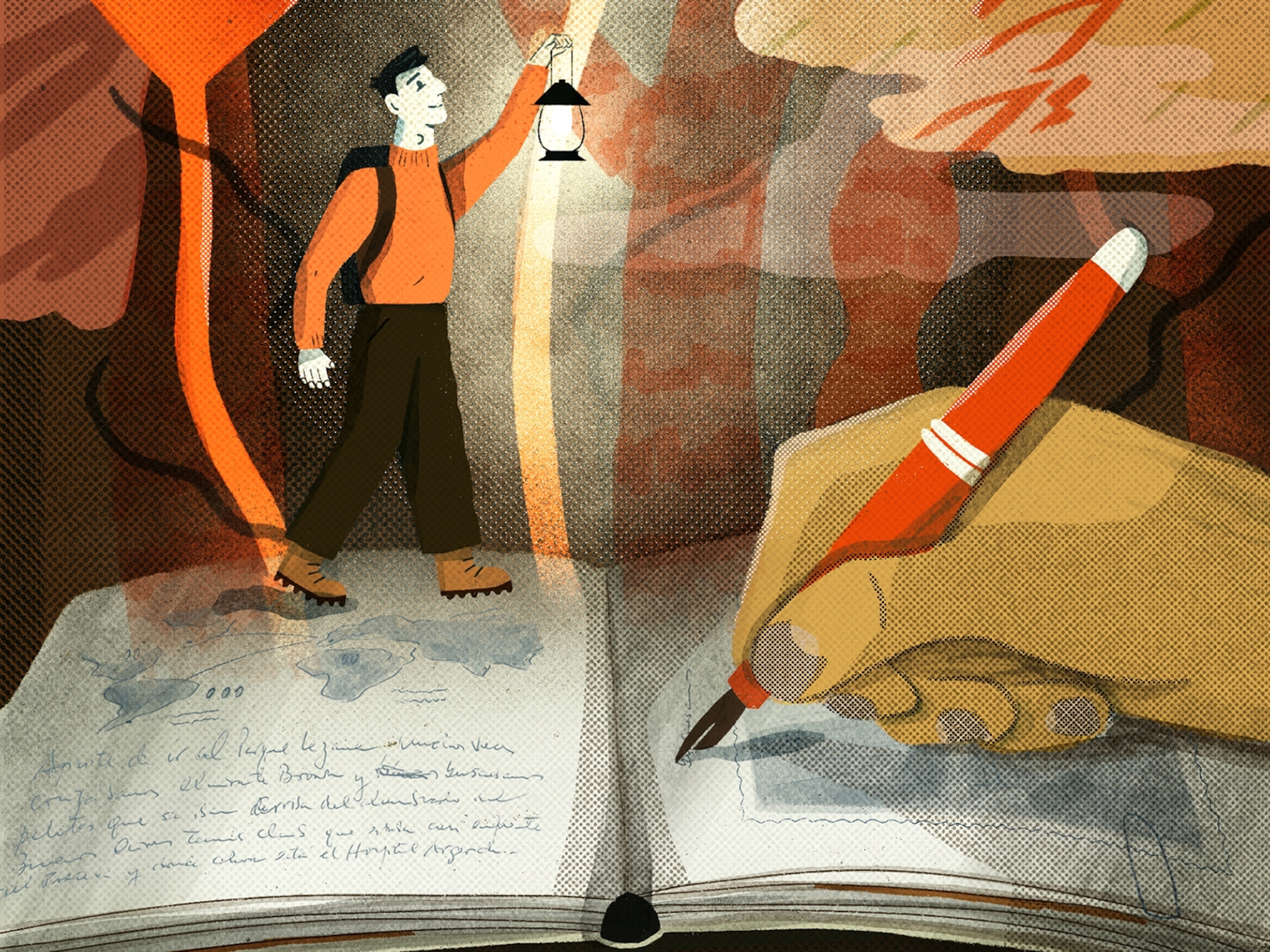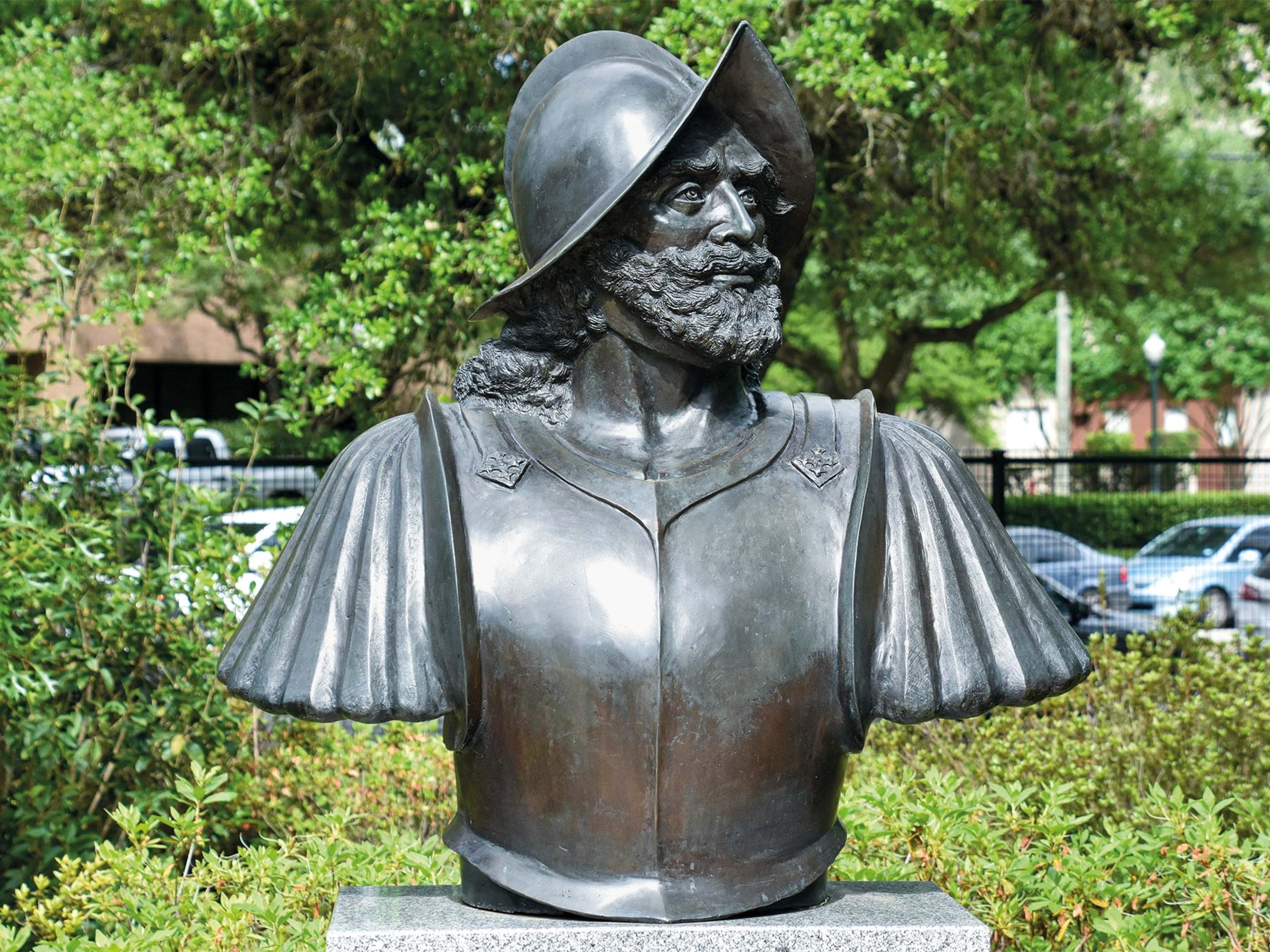
Why the storyteller matters as much as the story itself
National Geographic Explorer Tara Roberts dives into shipwrecks to recover the histories of African captives in the transatlantic slave trade.
The Atlantic Ocean, Tara Roberts writes, is full of “souls who have never been acknowledged or mourned. Dreamers, poets, artists, thinkers, scientists, farmers.”
And so begins a powerful essay of discovery: the magazine’s cover story and a special six-part Nat Geo podcast called Into the Depths. Roberts, a National Geographic Explorer, has traveled coastal waters from the United States to South Africa to Costa Rica, searching for what remains of the ships that an estimated 12.5 million Africans were forced onto during four centuries of the transatlantic slave trade.
(A new six-part podcast series, Into the Depths, explores the complex history of the global slave trade and the stories of the estimated 12.5 million Africans forced to make the Middle Passage. Listen now on Apple Podcasts.)
Roberts seeks signs not just of those captives who arrived on the Americas’ shores—but also of the 1.8 million people who perished along the way from inhumane conditions in cargo holds or by drowning in shipwrecks.
Roberts participates in these searches with a group called Diving With a Purpose, which trains divers—most of them African American—to locate, document, and conserve artifacts they find in the water. They are looking for what remains of ships such as the São José Paquete d’Africa, a Portuguese vessel bound for Brazil that sank off Cape Town, South Africa, in 1794. Many of the 512 captives jammed in the ship’s cargo hold were from the Makua ethnic group of northern Mozambique. Two hundred twelve went down with the ship, their stories lost to history.
“In some ways, there’s so much we know about slavery,” says Lonnie Bunch III, the secretary of the Smithsonian Institution and founding director of the National Museum of African American History and Culture in Washington, D.C. “But there’s so much we still don’t know. And I would argue the last frontier is what’s under the water.”
For Roberts and many other Americans whose ancestors were enslaved, deep dives into the past could provide both new information on the slave trade and a new perspective: Who gets to tell the story matters—in terms of which facts are included, what’s emphasized, what’s glossed over. And history, as most of us have read it over the years, largely has been shaped by an unrepresentative group of narrators.
As Roberts puts it, “We know very little about the people in the cargo hold, except the horrors. I wonder if Black divers would notice different details. If they would focus on finding artifacts that help us understand the full humanity of the captive Africans.”
Ultimately, Roberts’s journey into the past compels her to investigate her own roots. The last part of her story is set in Edenton, North Carolina, the home of her great-great-grandparents Jack and Mary Roberts, who were both born enslaved.
I cannot do justice to Roberts’s moving history, neither will I reveal what she discovers. I’ll let Roberts tell you herself. As in many of the most important stories, what she learns doesn’t make itself apparent immediately; it is uncovered bit by bit.
Thank you for reading National Geographic.




